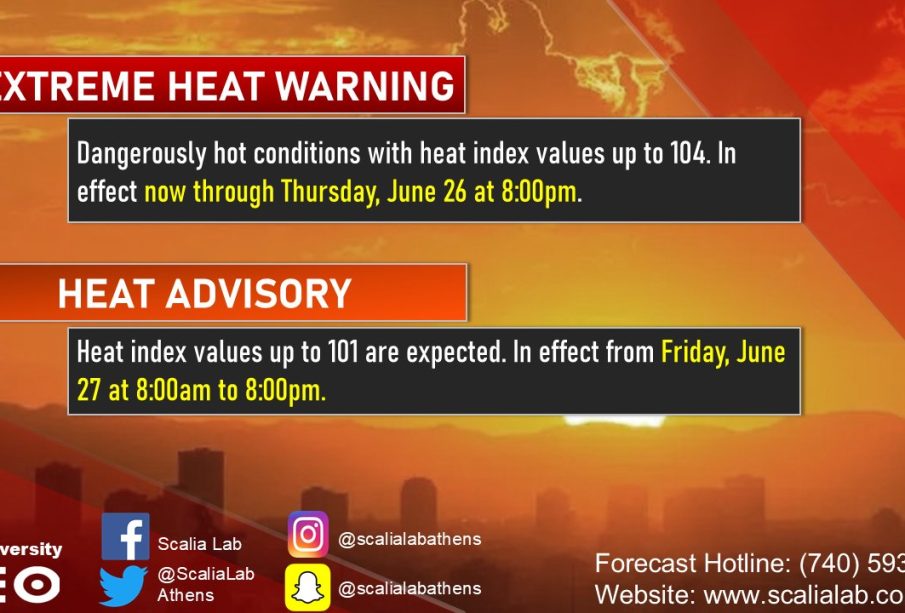Heat Warning: Protecting Yourself During Extreme Weather

Introduction
As summer sets in, Canada faces increasing instances of heat warnings, prompting concerns regarding public health and safety. These warnings are issued when temperatures soar to dangerous levels, which can lead to heat-related illnesses, especially in vulnerable populations such as the elderly, children, and those with pre-existing health conditions. Understanding the implications of these heat warnings and adopting safety measures is essential for maintaining health and well-being during extreme weather.
Current Heat Warnings
According to Environment Canada, July 2023 has seen a significant rise in heat warnings across several provinces, including Ontario, Quebec, and British Columbia. This surge in temperature is largely attributed to climate change and urban heat island effects, where cities become significantly warmer than rural areas due to human activities and infrastructure. As a result, health officials have emphasized the importance of recognizing heat warnings and responding promptly to protect oneself from heat stress.
Health Risks Associated with Extreme Heat
Heat warnings are issued when the forecasted temperature is expected to exceed 30 degrees Celsius during the day and 20 degrees Celsius at night. Prolonged exposure to such temperatures can lead to heat exhaustion and heat stroke, which can be life-threatening without immediate care. Symptoms of heat exhaustion include heavy sweating, weakness, dizziness, nausea, and headache, while heat stroke can cause a rapid pulse, confusion, and loss of consciousness. Anyone experiencing these symptoms is advised to seek medical attention immediately.
Precautionary Measures
In response to current heat warnings, health experts recommend several precautionary measures. Firstly, individuals should stay indoors during peak heat hours, typically between 11 a.m. and 4 p.m. If outdoor activities are unavoidable, it is crucial to wear light, loose-fitting clothing and apply sunscreen to protect against UV rays. Keeping hydrated by drinking plenty of water and avoiding alcohol and caffeine is also essential. Additionally, checking on vulnerable neighbors and ensuring that public cooling centers are accessible for those lacking adequate air conditioning can help mitigate health risks.
Conclusion
As Canada grapples with rising temperatures and increased occurrences of heat warnings, it is vital for residents to remain vigilant and prioritize safety. By staying informed about the heat situation, recognizing the risks involved, and adopting protective measures, communities can work together to minimize the impact of extreme heat on public health. Continued awareness and preparation can make a significant difference in coping with the challenges posed by high temperatures.









